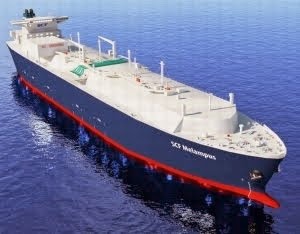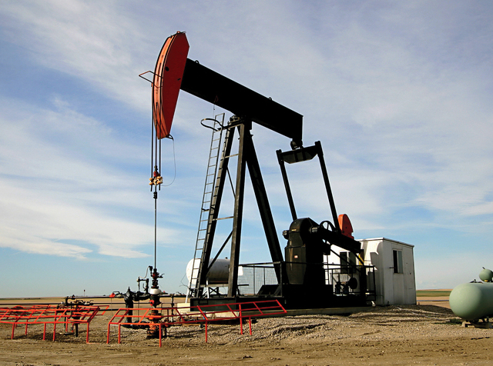South Sudan plans to resume crude output in Unity state by July after conflict in the world’s newest nation caused the northern region to freeze production.
Oil fields in Unity will gradually raise output toward the 50,000 bpd they produced before the December shutdown, Petroleum Ministry spokesman Nicodemus Ajak Bior said in an interview in the capital, Juba. A new refinery built by Russian and South Sudanese companies near the state capital, Bentiu, will begin producing 3,000 bpd of diesel in July, he said.
“In the beginning there will be a challenge to bring back production to the pre-shutdown levels,” Bior said. “People are working day and night to see to it that production has restarted.”
South Sudan’s oil output has fallen by about a third since fighting erupted on Dec. 15 between factions loyal to President Salva Kiir and his former deputy Riek Machar. Violence has left thousands of people dead and forced more than a million to flee their homes, according to the United Nations.
The country is currently producing about 160,000 bpd from Upper Nile, the only state still pumping crude, Bior said. Machar has vowed to seize key oil installations in a bid to starve the military of revenue.
Government forces retook Bentiu from rebels on Jan. 26 and the Juba-based Sudd Petroleum Operating Co. has assessed damage to the facilities, Bior said. China National Petroleum Corp., India’s Oil & Natural Gas Corp. and Petroliam Nasional Bhd., the main producers of South Sudan’s oil, evacuated employees from the country due to the fighting.
Construction is finished on Bentiu’s refinery, a JV by Russia’s Safinat and the state-owned Nile Petroleum Corp., Bior said. A later expansion will raise output to 5,000 bpd, he said, without specifying a timescale.
“The refinery is ready, however commissioning will commence once the oil field in Unity state resumes production,” Bior said.
Construction of a 10,000 bpd refinery in Melut county, Upper Nile state, has halted due to the conflict, Bior said. Texas-based Ventech Engineers International LLC was building the facility which is set to produce diesel, kerosene and fuel oil, he said.
South Sudan, which gained independence from Sudan in July 2011, has sub-Saharan Africa’s third-biggest oil reserves, according to BP Plc data.
The country’s low-sulfur crude is prized by Japanese buyers as a cleaner-burning fuel for power generation. The country has the capacity to produce as much as 350,000 to 400,000 bpd, Foreign Minister Barnaba Marial Benjamin said on Feb. 11.
Providing useful resources, articles and writings on crude oil, other petroleum products, energy and gas. By Tolfem Investments Limited, online.

 Tolfem Investments Limited is a leader in the of Nigerian
Bonny Light Crude Oil (BLCO) sales market. As a privately held company, Tolfem Investments Ltd. is committed to and is focused on delivering reliable services to all her
clients.
Tolfem Investments Limited is a leader in the of Nigerian
Bonny Light Crude Oil (BLCO) sales market. As a privately held company, Tolfem Investments Ltd. is committed to and is focused on delivering reliable services to all her
clients.  Tolfem Investments Ltd has an excellent track record
of reliability in the supply of Bonny light crude oil, BLCO. We protect our buyers with 2% Performance Bond while we also expect protection from our customers with bank
instrument from the world's top banks. We deliver on TTO, TTT, CIF and FOB basis.
Tolfem Investments Ltd has an excellent track record
of reliability in the supply of Bonny light crude oil, BLCO. We protect our buyers with 2% Performance Bond while we also expect protection from our customers with bank
instrument from the world's top banks. We deliver on TTO, TTT, CIF and FOB basis.
